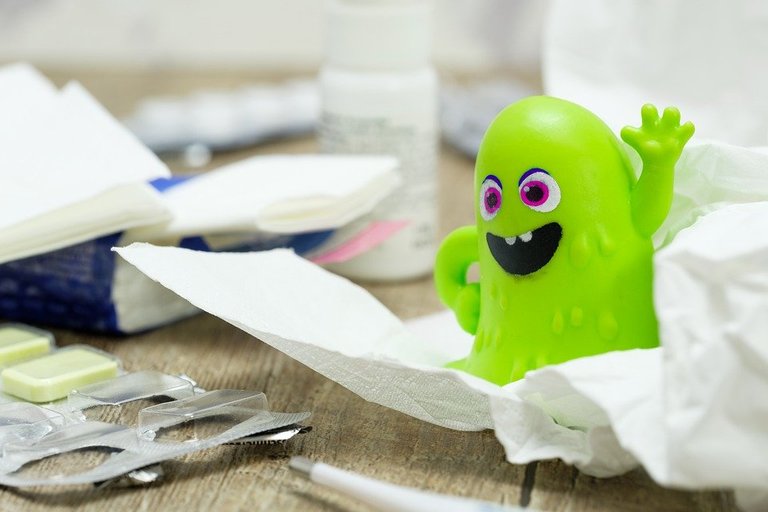Drug Names :
Generic name
Official name (official)
Chemical name
Trade mark / brand name (trade name)
Generic Name
The name given before the drug becomes official (official).
Official Name
Is the name where the drug has been registered in official publications eg ISO, MIMS, IMS
The chemical name
The name of which about the chemical elements of the drug is known.
The trademark / brand name / trade name:
is the name given by the drug manufacturer.
Pharmacopoeia / Formulary
It is a book containing a list of products that are used in medicine, with product descriptions, chemical tests to determine identity and purity, and its formulas and recipes. Examples: ISO, IMS, MIMS, etc.
Pharmacopoeia is a very valuable book where Nurses not only provide medicine but have a responsibility to assess the effectiveness and unfavorable reactions of the drug. So the pharmacopoeia should be readily available.
Type of Drug Preparation:
Aerosol Spray:
With the air pressure exposed thinly on the skin composed of liquid, powder, or foam deposits.
Solution (Solution):
One or more drugs are dissolved in water.
Suspension
One or more drugs are well divided in solutions such as water.
Caplet
Solid form, shape like capsule, teralapisi, and easy to swallow.
Cream
Semi-solid dosage without oil applied to the skin.
Elixir
A solution in alcohol, sweet and aromatic,
EXtract
Form of drug concentrates made from plants or animals.
Gel or Jelly
Semi-solid, translucent dosage forms that are melted when applied to the skin.
Liminent
Drugs are mixed with emolient alcohol, oil, or soap exposed in the skin.
Lotion
Drugs in fluid suspensions exposed to the skin.
Lozenge (troche)
Flat, round, or oval dosage forms that dissolve or loose when in the emut.
Ointment (salve, unction)
Half density preparations of one or more drugs used for skin or mucous membranes.
Paste (pasta)
Preparations such as oinment, but thinner and harder, can penetrate less than oinment.
Pill
One or more drugs are mixed in cohesive material, oval, round, flat.
Powder
Powder (powder)
Very delicate medicine. Some are used internally, there are also external ones.
Supposityory
One or more drugs are ingested in a well-established substance such as gelatin, and formed to be inserted into the body (eg rectum). The material melts gradually at body temperature, releasing the medicine.
Syrup
Solution in water with sugar, to hide the unpleasant taste of the medicine.
Tablet
The powdered medicine is compressed into a small circle: some ready to be broken down in the midline; others enteric enteric (enteric coated) to prevent it dissolves in the stomach.
Tincture
Alcohol or water solution for medicinal plants.
Transdermal patch
Circular or semi-permeable patch form containing medicines to be absorbed through the skin over a period of time.
Source :
- Amy M. Karch RN, MS (2007). Focus on nursing pharmacology. Wolter Cluwer-Lippincott-Williams & Wilkins.
- Christine M. Thorp (2008). Pharmacology for the Health Care Professions. A John Wiley & Sons, Ltd., Publication
- Department of Pharmacology FKUI. (1995). Pharmacology and Therapy, edition 4. Jakarta: FKUI.



Hello I notice that you are new to steemit, so welcome. Firstly well done on writing a science post, it's excellent to see science enthusiasts.
Just some feed back to help you. I think the formatting needs some adjustment, at first sight the second half of the article looks like it has been copied and pasted. This is not something that is appreciated on steemit, so i suggest in the future to design a nice layout of your posts, and make sure that nothing is copied and pasted from another source.
thanks, I still need to learn to, I just joined a few days ago, and I apologize